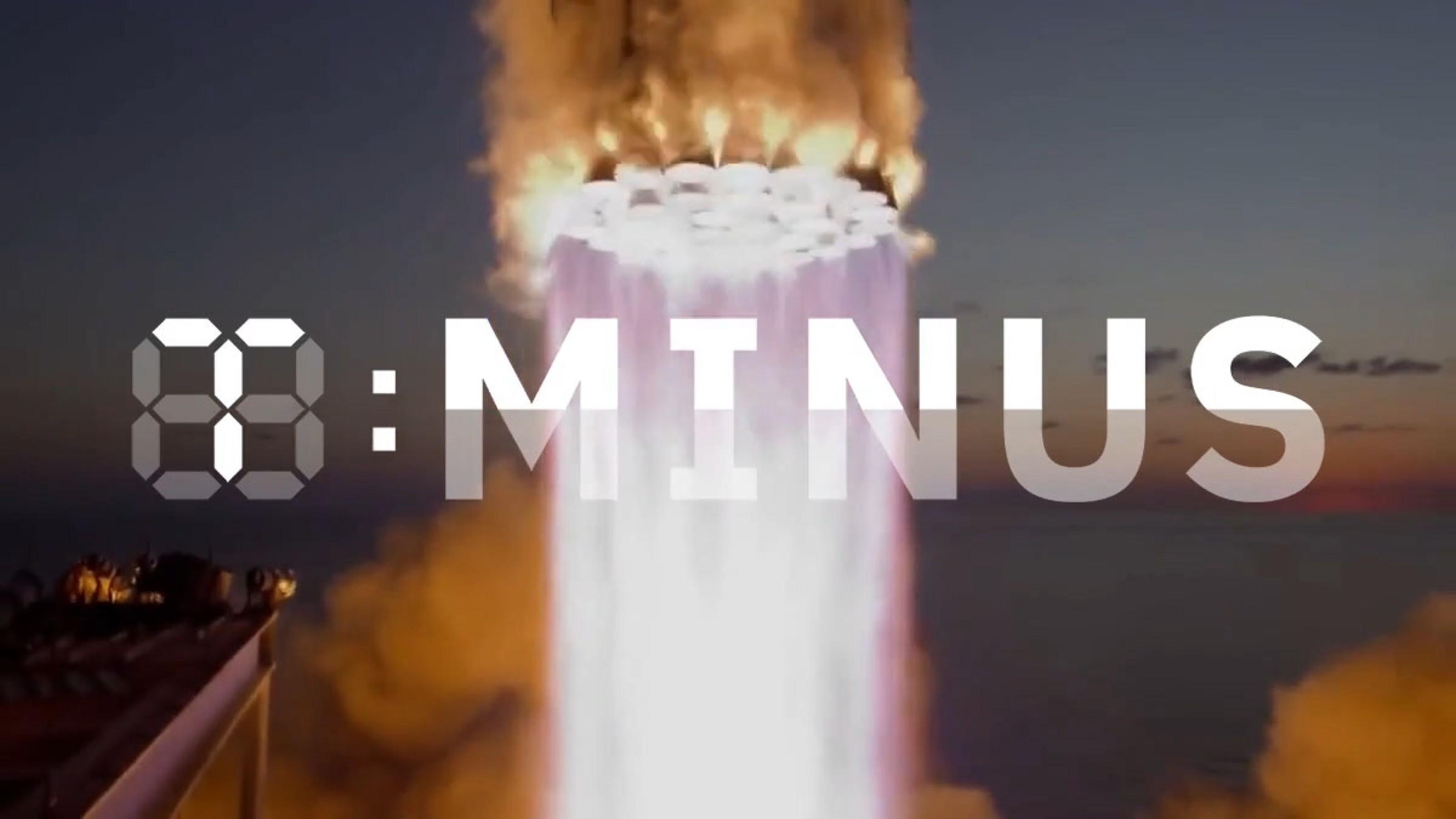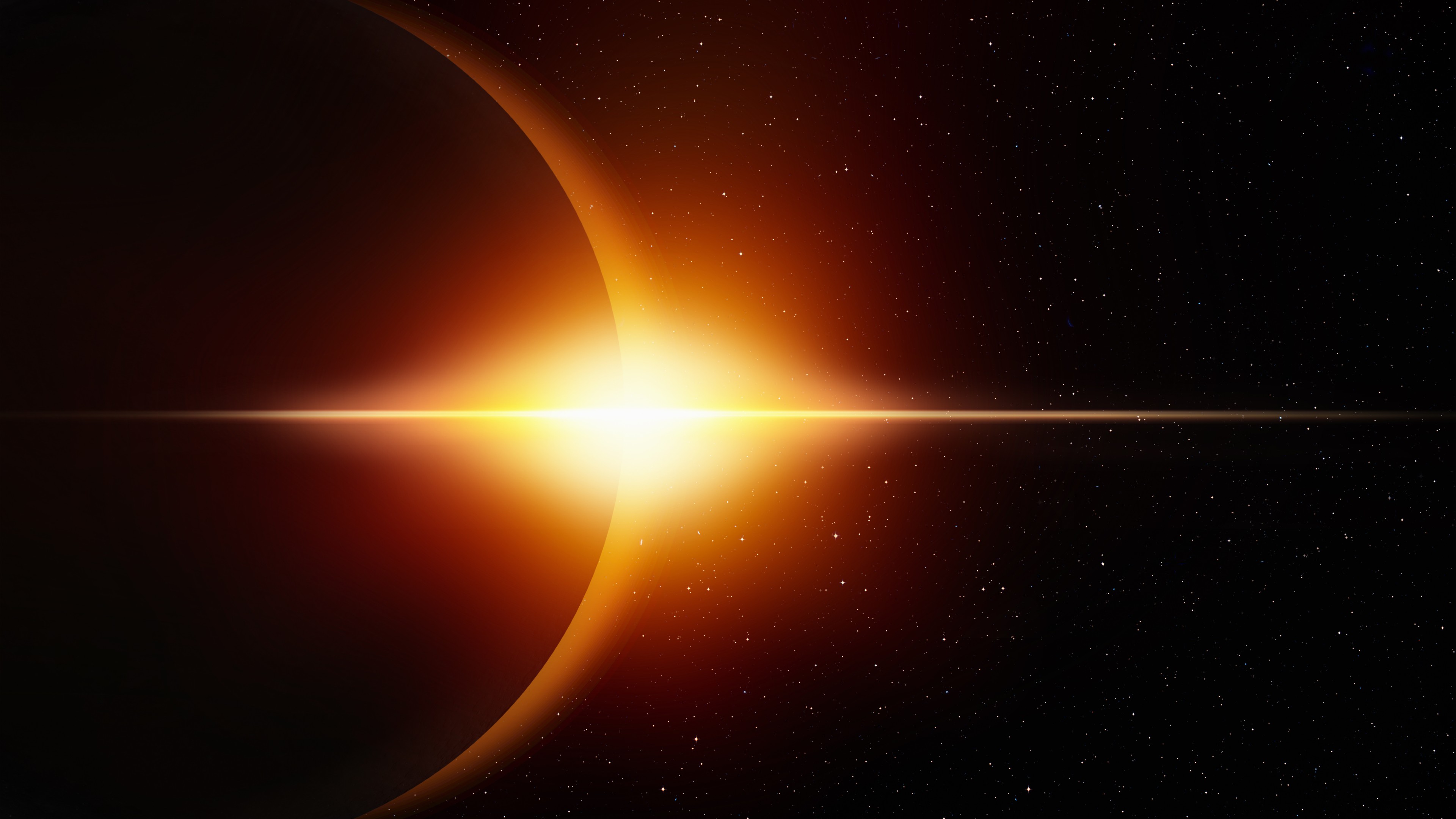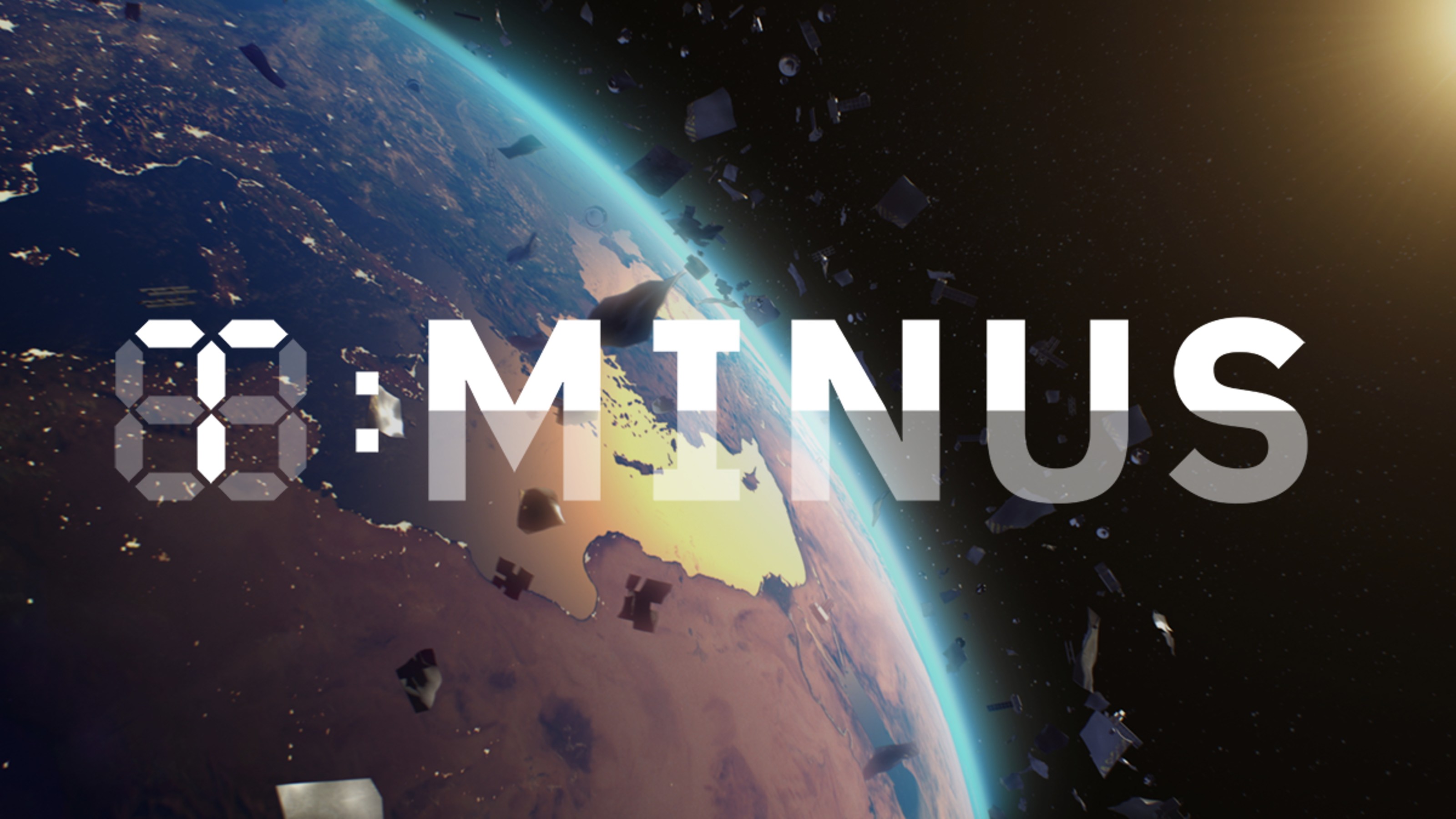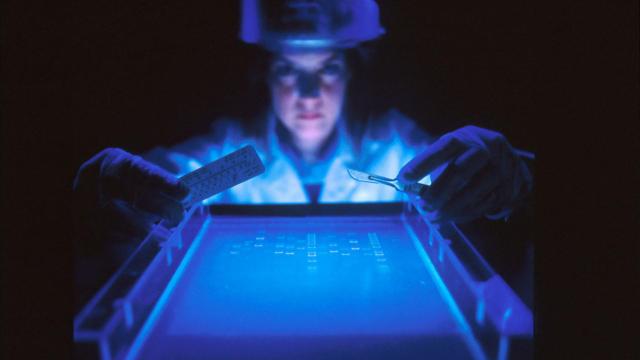How To Save The Night Sky From Satellite Megaconstellations
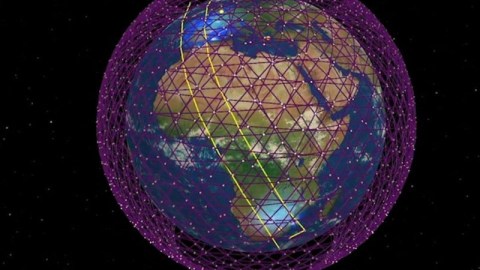
GPS holds the key, but astronomers can’t do it without help.
Since 2019, the night sky — as seen by both human eyes and the telescopes we use to enhance our views of the Universe — has begun to fundamentally change as never before. Previously, only three major obstacles interfered with our views of the Universe:
- light pollution, brought about by the advance of electrical lighting and made worse by the recent advent of inexpensive, low-power, high-brightness LEDs,
- the atmosphere, including clouds, weather, and air conditions, all of which can interfere with our view of the planets, stars, and deep-sky objects beyond,
- and satellites, the human-created objects that only began launching with the advent of the space age, most of which were up there for scientific or telecommunications purposes.
However, just two years ago, an enormous number of bright, low-flying satellites began to go up, as first SpaceX and then others began to launch the first megaconstellations of satellites. Occupying low-Earth orbit, these megaconstellation members now make up nearly half of all active satellites, and are expected to rise into the tens or even the hundreds of thousands in number by the end of the decade. However, in mid-July, astronomers and industry representatives met for SATCON2: an attempt to bring concerned professionals together to identify and find solutions for the problems that come along with this new type of infrastructure.
Without significant, rapid, large-scale action, the night sky will likely be forever changed. Here’s what we can do about it.
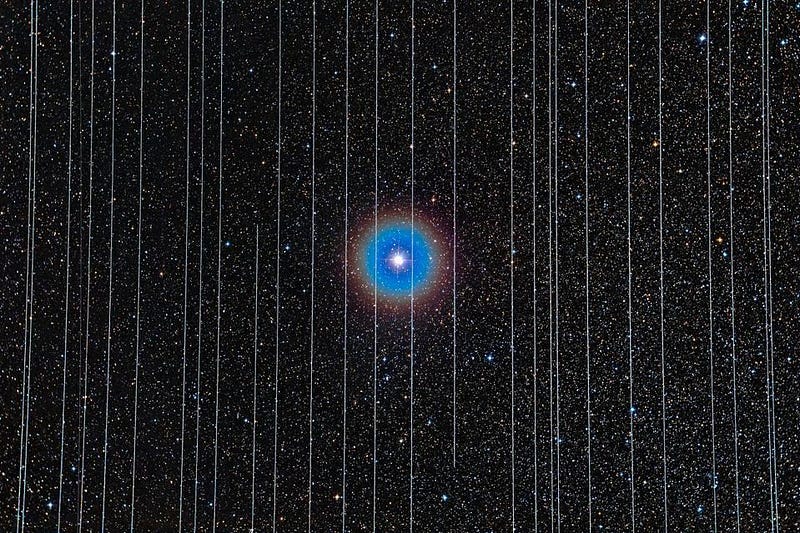
Not just about streaks. When it comes to the question of, “how do low-Earth orbiting satellites affect astronomy?” there’s an obvious set of answers. For naked eye observers, the satellites, particularly when they’re in direct sunlight and close to the Earth, will appear bright and reflective, moving across the sky as they pass overhead. For amateur astronomers and astrophotographers, they’ll appear through your telescope’s eyepiece, creating trails and/or streaks if you attempt to create long-exposure photographs. And for professional observatories, particularly those with wide-field views, the reflective satellites will cause an enormous amount of data loss, with the Vera Rubin observatory expecting to see 30–40% of their exposures polluted by these newly launched satellites.
Thus far, mitigations have largely focused on this particular problem, which have included recommendations that:
- satellite providers send up only the minimal number of satellites required to meet their bandwidth/latency requirements,
- satellites be kept to a maximum of 600 km in altitude and a brightness below 7th astronomical magnitude (below the naked-eye threshold), to minimize their illuminated time and impact,
- that satellite providers provide continuously updated, accurate positional data, with error bars, in a single, universal format,
- that existing mitigation and management software be generalized and that new software be created,
- that hardware development to mitigate what software cannot (particularly for spectroscopy) be developed,
- and that funding be allocated for all of these endeavors.
However, this is only the most immediate and obvious impact of these megaconstellations, but there are much broader concerns. Here are some that you may not have considered — or even heard of — before.
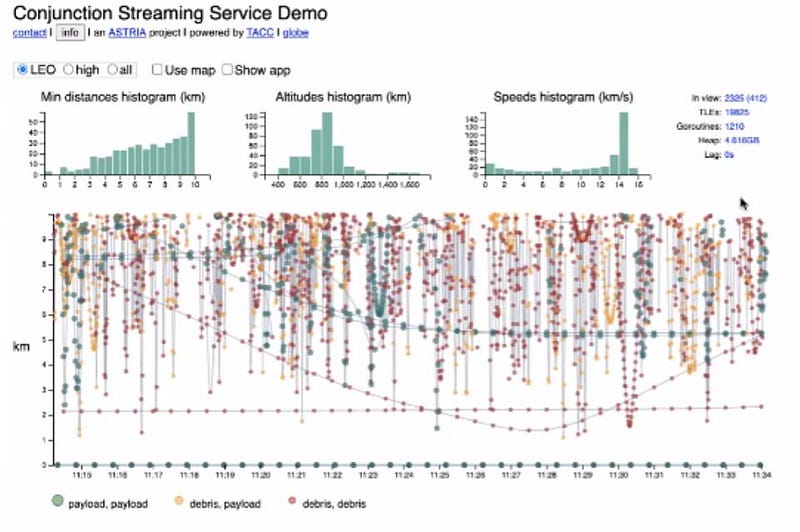
1.) Orbital crowding and its dangers. At present, there are under 4,000 active satellites in low-Earth orbit, and still, risks remain. With approximately every minute or two that passes, two satellites pass within ~2 kilometers of one another at speeds typically exceeding 10,000 meters-per-second (22,400 mph). Even with automated collisional-avoidance systems built into these new satellites, substantial risks remain, and those risks only increase as the number of satellites continues to rise. With over 100,000 satellites anticipated in low-Earth orbit by the year 2030s, there are a number of existential risks to orbital overcrowding.
When collisions occur, they send large numbers of fast-moving debris fragments all throughout space. If there’s more than a critical number of satellites — such as ~100,000 of them at ~500 km altitude — this could trigger a runaway chain reaction of collisions: Kessler syndrome. Collisional cascades, even with fewer or more spread-out satellite populations, will still occur, and collisions occurring at higher altitudes will create “rings” of space debris that will persist for millennia, rather than years or decades. Inevitable events, such as electronics-disrupting solar flares or interference from non-functioning or inactive satellites, will only serve to increase the risks associated with orbital crowding.
Despite the known risks, there have been no substiantial efforts made towards international coordination that would define a carrying capacity for various orbits and to treat them as an accessible, regulated resource.
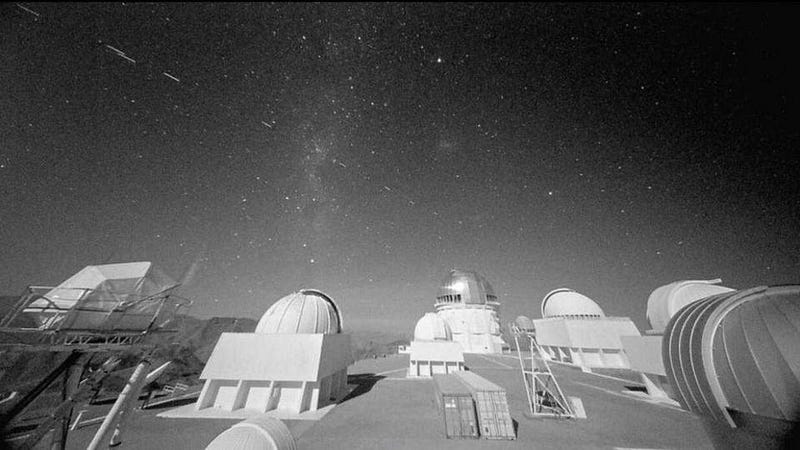
2.) The creeping problem of satellite light pollution. If you were to put a human with perfect eyesight on every point of land on Earth and have them all watch the night sky simultaneously, we would see a total of about ~6000 stars. If you gave those same humans a pair of binoculars, the number of unique stars would rise to ~100,000. These stars not only shine as individual points, but also illuminate Earth’s night sky: their light affects the total sky brightness. While light pollution from the ground can also impact the total sky brightness, reducing the visibility of stars and deep-sky objects, these megaconstellations will create a new form of light pollution: reflected light that contributes to the overall sky brightness of Earth.
Larger satellites can offer increased bandwidths, but are brighter. Higher altitude satellites can cover a greater area of Earth’s surface at once, but each one illuminates a greater portion of Earth’s skies. And non-functioning satellites will tumble and spin, increasing their average brightness and causing spikes in their reflectivity: flares. The more satellites we send up — as well as the cumulative effects of all collisional debris and defunct but still-orbiting satellites — will contribute to this problem.
If we do nothing to manage or limit this issue, even the most pristine locations on Earth, in terms of present light pollution, could become unusable for ground-based astronomy over the timespan of a single generation.
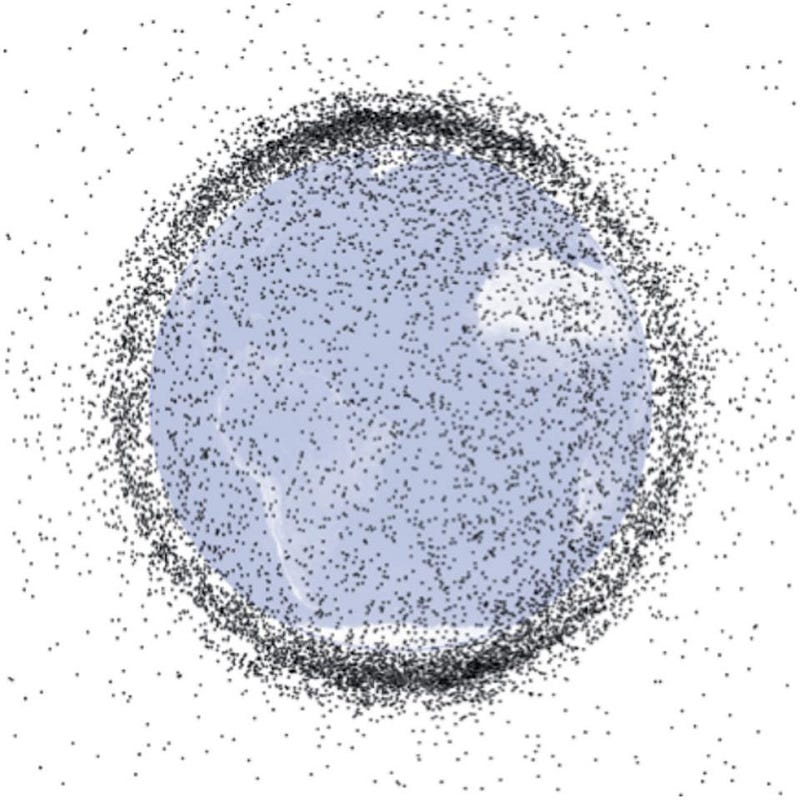
3.) Satellite failures and the march of debris. Of the ~1700 Starlink satellites that have been launched, the most of any megaconstellation at present, about 1% of them have failed and are presently out-of-control. Although this is a remarkably high success rate, and one that appears to be increasing with time, these failures will add up over time. At altitudes below ~600 km, it can take years or decades for a failed satellite to naturally deorbit; at altitudes of ~1000 km or above, it can take millennia. There is no way, at least at present, to “clean up” the satellites that fail from the space environment. Additionally, a failed satellite has no ability to avoid collisions or control its orientation; it will pose a constant risk to every other spacecraft or satellite that crosses its uncontrolled orbit.
The biggest problem is that these impacts are cumulative. If 1% of your satellites fail and your ~100,000 satellites only have a 5-year lifespan, then over the span of a century, you’ll need to launch a total of 2,000,000 satellites, and ~20,000 of them will fail! They’ll pose collisional risks, they’ll reflect sunlight and brighten Earth’s night sky, they’ll streak and flash and pollute astronomical images, and they’ll create a minefield for our science satellites and both crewed and uncrewed exploration missions.
The longer we continue applying the consumer electronics model — of disposable, replaceable, inexpensive products — to satellite constellations, the more worrisome and impactful this problem will become.
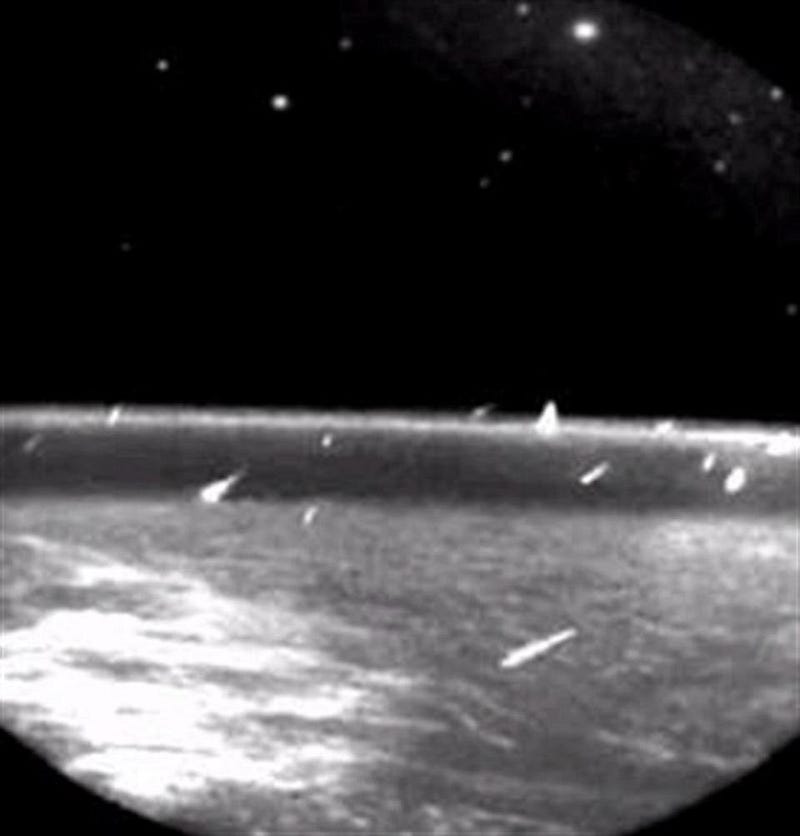
4.) Atmospheric pollution — and accidental geoengineering — from deorbiting satellites. On a continuous basis, material from space, largely in the form of meteoroids, falls onto planet Earth to the tune of ~54 tons per day. Most of that material is made of material like oxygen and silicon: typical of rocks and Earth’s crust. A small percentage of that material is metallic, including a little bit (less than 1%) of aluminum. Naturally, a little less than half-a-ton of aluminum, per day, makes its way into our atmosphere. This added aluminum can have a number of impacts on Earth’s global properties, including:
- seeding clouds and changing Earth’s reflectivity and heat-trapping properties,
- descent through the stratosphere, where it can react with and destroy ozone molecules,
- affecting the atmospheric circulation in a variety of ways at different altitudes,
- and a variety of other cumulative effects that are so significant, artificially adding aluminum to the atmosphere has been considered as an option by geoengineering advocates.
If we were to use Starlink satellites as a template — assuming the others will all be the same size, same composition, and will also be deorbited and replaced on 5-year timescales — then ~100,000 satellites would lead to the addition of roughly 14 tons of aluminum to our atmosphere daily, some ~30 times the naturally occurring amount.
Without any sort of regulations in place to limit these atmospheric additions, simply launching, replacing, and de-orbiting these satellites will further alter Earth’s climate, creating our own unwitting geoengineering experiment.
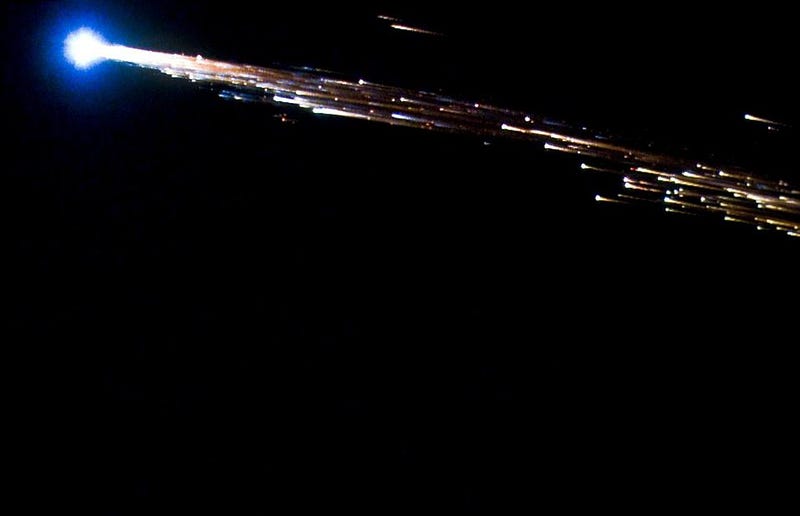
There are, of course, other problems as well. The recommendations that best serve the majority of professional telescopes, which are located at equatorial latitudes, will create heavier-than-needed light pollution at latitudes of 45° and above. The environmental impacts of continuous launches don’t merely dump pollutants into the atmosphere, but seed mesospheric clouds, with implications for both weather and climate. And the more crowded the low-Earth orbit environment becomes, the riskier every spacecraft launch-and-deployment will become, as it must pass unscathed through this ever-growing minefield. (And this is high-risk; collisional debris does not stay confined to the orbit where it occurred in space.)
All of these come about because of the same underlying issue: we are not treating low-Earth orbit, the space directly above but still connected to Earth’s atmosphere, oceans, and land, as an environment that must be treated sustainably. This environment is not only largely unregulated, but is not even adequately recognized beyond a few primitive and antiquated efforts, such as 1967’s Outer Space Treaty. From a myriad of perspectives, including space traffic, astronomy, resource management, and the consequent pollutive effects felt back here on Earth, we are not treating space with any sort of regard for what future generations will inherit.
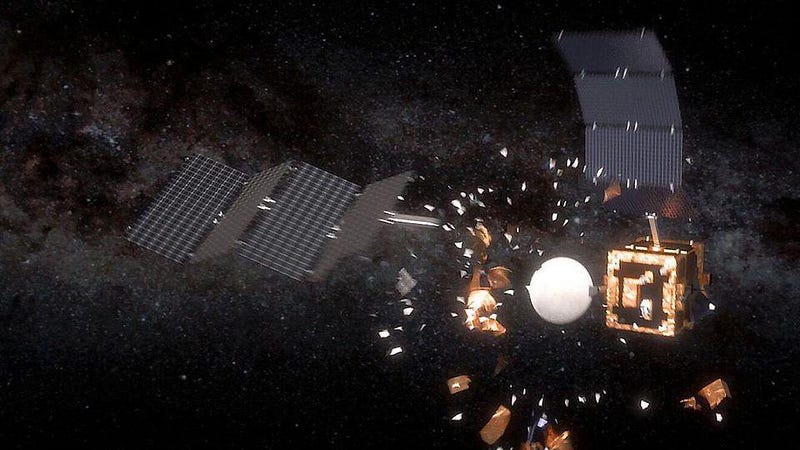
With a large number of independent megaconstellations looming on the technological horizon — including SpaceX’s Starlink, OneWeb, Amazon/Kuiper, as well as expected networks from China, Russia, the Indian subcontinent, and others — most professionals are anticipating the addition of ~100,000+ new satellites in our skies over the coming years, increasing the current number by more than 1000%. Although we can encourage providers to limit the number and impactful properties of their satellites, there is a compelling argument to be made for an infrastructure-based solution.
The Global Positioning System (GPS) network offers a clue as to how this might be implemented. With just 24 satellites at an altitude of ~20,200 km (~12,500 miles), and a latency of right around ~0.13 seconds, the GPS network provides 4-satellite coverage to practically all points on Earth simultaneously. GPS is not only used for providing positions, but for a variety of applications, including synchronizing clocks around the globe, underlying navigation infrastructure, and mapping Earth’s changing gravitational field. Although other nations have also put up comparable positioning satellite networks, GPS all by itself remains eminently capable of meeting the full demands of the entire world.
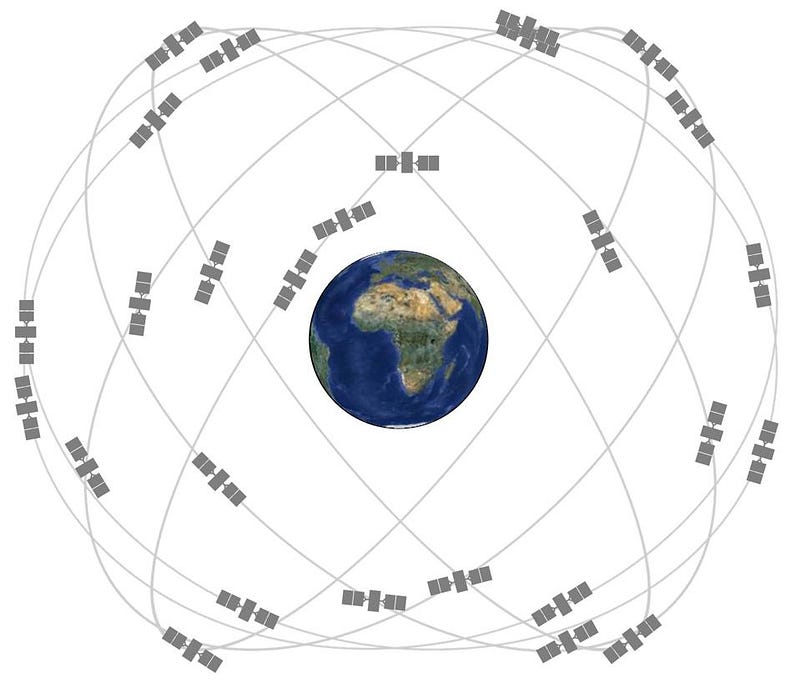
The optimal solution for preserving our sky. If the goal of these megaconstellations were to provide adequate 5G coverage to every location on Earth, the most economical way to do it would be to create and launch a single network that spanned the globe. By using the fewest numbers of minimally pollutive satellites in terms of brightness, altitude-as-a-function-of-latitude, composition, lifetime, and orbital characteristics, we could provide adequate high-bandwidth, low latency 5G coverage to the world while truly having the smallest impact on the environment as possible. Just as other industries piggyback their business models off of GPS satellites, a single, powerful, comprehensive 5G network could, with a minimal number of minimally offensive satellites, serve the entire world.
Of course, this is antithetical to the goals of the various satellite providers, not to mention various governments, across the world. It’s a fundamentally anti-capitalist proposition to preserve a natural resource — whose exploitation we cannot afford as a society — by preventing commercial interests from accessing it. Many governments may demand their own network as a national security issue. If this network is to serve as the platform for international stock trading, extremely low latencies will be of paramount importance, demanding large numbers of satellites with very low orbits.
There are many, many reasons to prefer creating a single megaconstellation to serve the entire world, as it would eliminate unnecessary redundancies and absolutely minimize the various pollutive effects that are only just beginning today. But on this point, largely driven by opposition from industry, the policy working group at SATCON2 was unable to achieve a consensus.
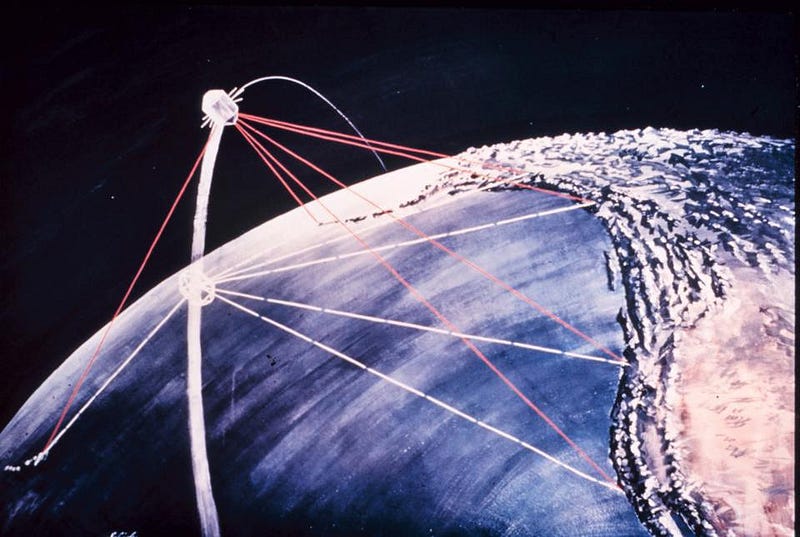
It’s easy for most of us to imagine a nightmare scenario: where a spectacular, single catastrophe significantly alters humanity’s perspective on an issue. Losing enough data could result in us being struck by a potentially hazardous object that could have otherwise been spotted, characterized, or avoided, for example. A solar flare could knock out any automated collision avoidance systems, leading to a runaway collisional chain reaction. Or it’s possible that these megaconstellations will put our vital Earth-monitoring satellites at risk, hampering our ability to gather critical information about climate change, droughts, famines, severe weather events, flooding, etc. All of these are high-consequence scenarios that cannot be ignored.
But what’s far more likely is that — much like with climate change — there won’t be a single “Aha!” moment. Instead, we’ll likely see a slow increase in negative effects that won’t be felt immediately, but will rather build to a point, decades or generations down the line, where the cumulative effects can no longer be mitigated through preventative measures. There exists a broad recognition that there’s a major lack of regulation concerning space as an environment, and that it must be treated with regard for future development. Unless we quickly fill those policy gaps, and the world is looking to the United States for leadership here, these negative cumulative effects will be our unfortunate legacy of our rapid, ill-considered pollution of the final frontier: low-Earth orbit, our first cosmic step beyond the bounds of our planet.
The author acknowledges Meredith Rawls, Moriba Jah, Andy Lawrence, Richard Green, Jonathan McDowell, Aaron Boley, and the SATCON2 co-chairs and working groups for extremely helpful conversations surrounding these issues.
Starts With A Bang is written by Ethan Siegel, Ph.D., author of Beyond The Galaxy, and Treknology: The Science of Star Trek from Tricorders to Warp Drive.


